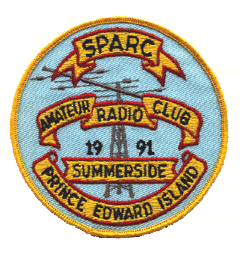SpaceX’s first launch of 2022 will deploy more Starlink internet satellitesSpaceflight Now report that SpaceX plans to kick off its 2022 launch schedule with a Falcon 9 rocket flight Thursday from NASA’s Kennedy Space Center with the company’s next group of Starlink internet satellites. In a change from previous Starlink missions, the Falcon 9 rocket will fly southeast from the coast of Florida on a course just north of the Bahamas to place the new batch of internet satellites into low Earth orbit a few hundred miles above Earth. The mission, designated Starlink 4-5, is expected to target an orbital plane with a tilt of 53.2 degrees to the equator, one of five orbital “shells” at different inclination angles that SpaceX plans to fill with around 4,400 satellites to provide high-speed, low-latency broadband connectivity around the world. SpaceX’s previous launches carrying Starlink satellites to a similar orbit have flown northeast from Florida’s Space Coast. Launches to the southeast must fly around the Bahamas to avoid the risk of dropping debris on populated islands. Maritime warning notices suggest the mission scheduled for Thursday will do just that, tracking over the Atlantic Ocean north of the Abaco Islands, before making a slight right turn to head farther downrange. SpaceX plans to land the Falcon 9’s first stage booster on the drone ship “A Shortfall of Gravitas” positioned in the Atlantic. The landing platform departed Port Canaveral Saturday to head for the recovery zone. The launch Thursday is targeted for 4:49 p.m. EST (2149 GMT), with a backup time available at 6:47 p.m. EST (2347 GMT). Meanwhile, crews at nearby Cape Canaveral Space Force Station are preparing another Falcon 9 rocket for liftoff no earlier than Jan. 13 with dozens of small satellites from U.S. and international customers. That mission, known as Transporter 3, is SpaceX’s third dedicated rideshare launch hauling smallsats into a sun-synchronous orbit. Liftoff time Jan. 13 is set for 10:25 a.m. EST (1525 GMT), and SpaceX is expected to land the first stage on an onshore pad at Cape Canaveral. Read the full Spaceflight Now article at: |
